Stone crushing plant plays a vital role in the construction and mining industries by providing essential materials such as aggregates, sand, and gravel. These materials are fundamental for building infrastructure, including roads, bridges, and buildings. As demand for these materials grows, the efficiency and effectiveness of stone crushing plants become increasingly important.
Choosing the right stone crushing plant is crucial for the success of any construction or mining project. A well-chosen plant not only enhances productivity but also ensures the efficient use of resources and minimizes operational costs. With various types of stone crushing plants available, understanding their features, advantages, and applications is essential for making an informed decision.
This article will explore three main types of stone crushing plants: the traditional combination of jaw crusher, impact crusher, cone crusher, and vibrating screen; the innovative VU tower-like system; and the versatile portable crushing plant.
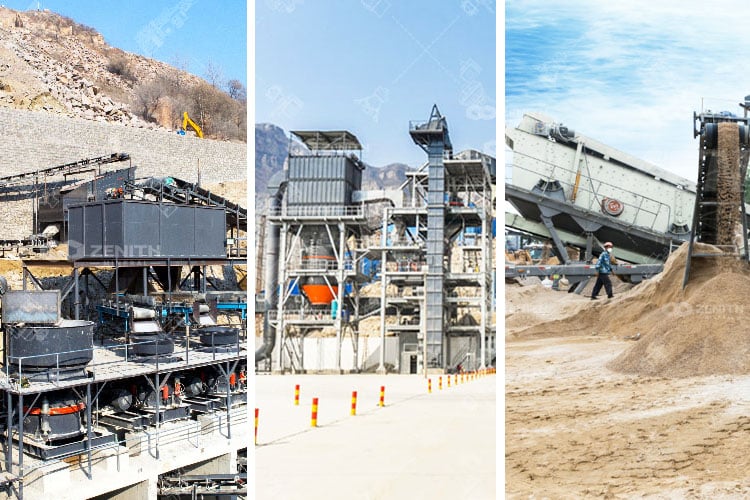
The most widely adopted approach to stone crushing plant combines four key components: jaw crusher + impact crusher + cone crusher + vibrating screen.
This versatile configuration has long been the industry workhorse, providing reliable size reduction and material classification across a diverse range of applications.
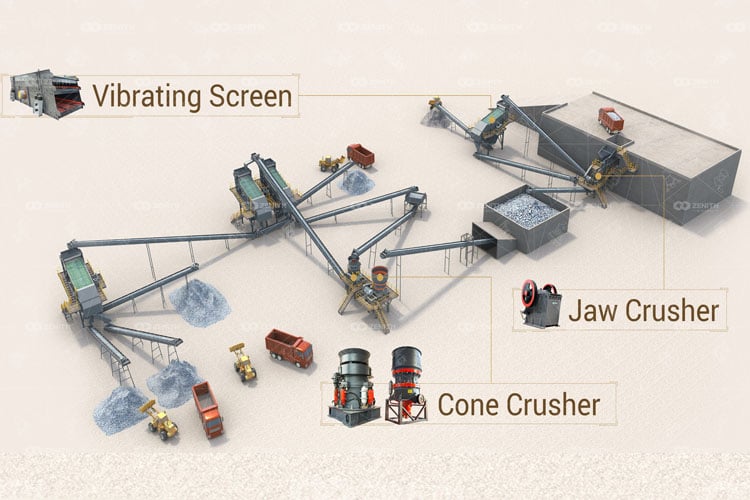
Jaw crusher represent the initial stage of size reduction, accepting large run-of-mine (ROM) feed and breaking it down into coarse particles. Their simple, robust design and ability to handle abrasive materials make them well-suited for primary crushing duties, whether in a quarry, mine, or recycling operation. Key selection factors for jaw crusher include feed opening dimensions, crushing chamber profile, motor power, and the toggle plate configuration.
Downstream of the jaw, impact crusher provides further size reduction through the kinetic energy imparted by high-speed rotor impacts. Horizontal shaft impactors (HSI) excel at producing cubical, high-quality aggregates from softer ores, while vertical shaft impactors (VSI) can function as primary, secondary or tertiary crushers, generating superior shaped products for applications like manufactured sand. Rotor diameter, tip speed, and liner materials are critical impact crusher parameters.
Offering an advanced compression-shear crushing action, cone crushers are commonly employed as secondary or tertiary stages. Their ability to generate consistent product gradation from harder, more abrasive feed materials makes them invaluable for producing saleable construction aggregates. Head diameter, eccentric throw, and cavity profile are key cone crusher selection criteria.
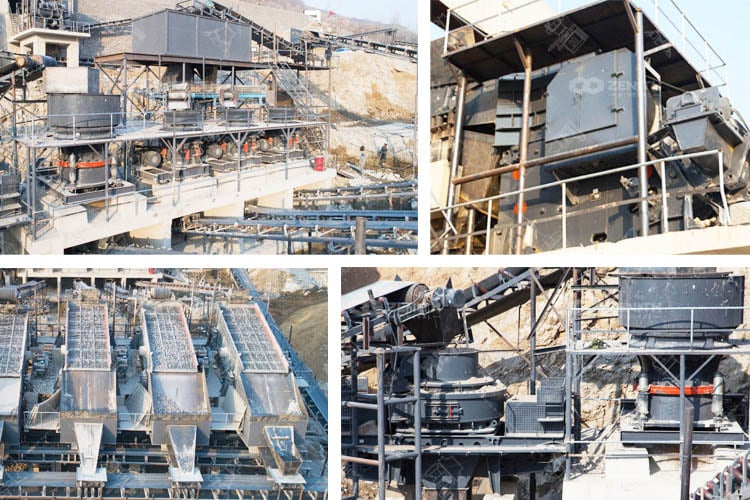
Vibrating screen completes the circuit, classifying the crushed materials into the desired size fractions. Dual-deck or even triple-deck screens maximize throughput by enabling efficient one-pass separation. Factors like screen surface material, aperture size, deck inclination, and vibration frequency must be carefully matched to the application.
By strategically combining these fundamental crushing and screening technologies, producers can engineer a circuit tailored to their unique feed characteristics, product requirements, and capacity needs. Optimizing the interfaces between each stage is crucial to achieving maximum operational efficiency.
While the conventional crushing circuit remains ubiquitous, a new generation of integrated crushing solutions has emerged in recent years - the vu tower-like system. Pioneered as a response to evolving industry demands, these innovative plants consolidate the entire comminution workflow into a single, compact vertical arrangement.
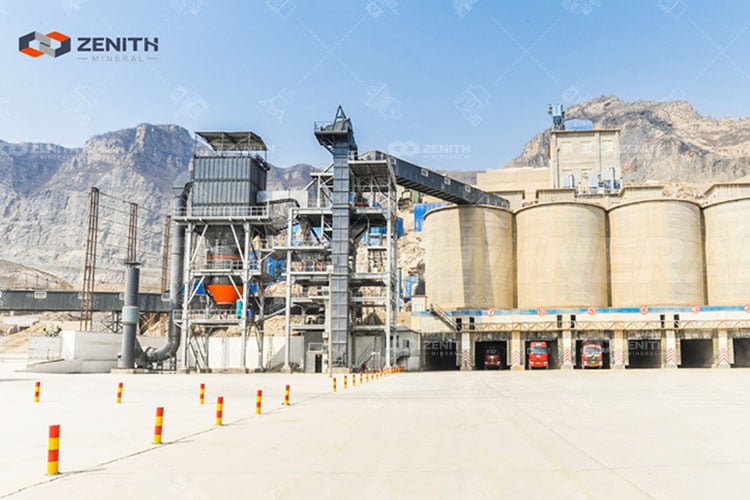
At the heart of the vu tower concept is the vertical shaft impact (VSI) crusher, which serves as the primary size reduction stage. Unlike traditional horizontal impact crushers, the VSI utilizes a high-speed spinning rotor to accelerate feed materials and initiate breakage through intense interparticle collisions. This unique action generates a product with superior cubical shape characteristics ideal for manufactured sand and high-quality aggregates.
Situated above the VSI is a series of screening decks that classify the crushed materials, with oversize particles reporting back to the VSI inlet for further reduction. This closed-circuit arrangement allows for a self-optimizing comminution process, maximizing both throughput and product quality. Integrated conveyors and dust control systems complete the vertical tower layout, minimizing the plant's footprint while enhancing operational efficiency.
A key advantage of the vu tower design is its ability to produce saleable end-products directly from run-of-mine feed, eliminating the need for a conventional multi-stage crushing circuit. This streamlined approach translates to reduced capital expenditures, simplified maintenance, and lower operating costs. Furthermore, the compact footprint enables installation flexibility, even in space-constrained urban environments or areas with challenging topography.
Other benefits of vu tower-like systems include:
Of course, the vu tower concept is not a one-size-fits-all solution. Its suitability depends heavily on the specific feed characteristics, product requirements, and operational constraints of the target application. Careful analysis of these factors is essential when evaluating whether this innovative crushing technology represents the optimal choice.
Complementing the stationary crushing solutions discussed thus far are portable and mobile crushing plants - a category of equipment offering unparalleled operational flexibility. These self-contained, track-mounted or wheel-mounted units integrate the essential size reduction and classification functions into a single, easily transportable package.
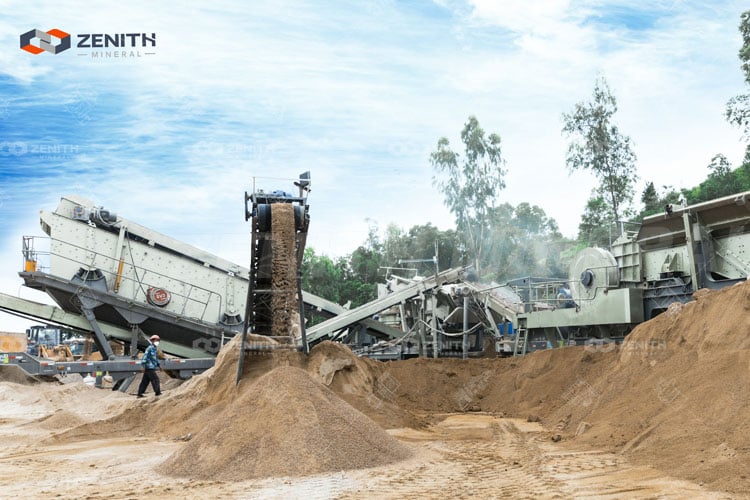
The primary driver behind the proliferation of portable crushing is the need to follow the work. In today's construction and demolition waste recycling markets, for example, the ability to rapidly deploy a complete crushing circuit directly to temporary job sites or material stockpiles has become indispensable. No longer are producers bound to fixed quarry locations - portable plants liberate them to extract maximum value from dispersed resources.
Typical portable crushing plant configurations mirror the multi-stage layouts of their stationary counterparts, featuring a combination of jaw, impact, and/or cone crushers paired with high-performance screens. The modular design of these units, with each major component mounted on its own chassis, facilitates rapid on-site setup and tear-down, minimizing nonproductive downtime between projects.
In addition to enhanced mobility, portable crushing plants offer several other compelling advantages:
Of course, the versatility of portable crushing does come with some inherent trade-offs. Payload capacities may be more limited compared to stationary installations, and transport logistics can add complexity, especially for larger models. Careful analysis of site access, material flow, and permitting requirements is essential when evaluating portable solutions.
Ultimately, the choice between stationary, tower-style, or portable crushing ultimately hinges on a thorough understanding of the unique parameters governing each operation. Factors like feed mineralogy, product specifications, production volumes, site geography, and capital constraints must all be weighed to determine the optimal configuration.
Ultimately, the choice between stationary, tower-style, or portable crushing ultimately hinges The hardness, abrasiveness, and particle size distribution of the raw feed material have a profound impact on crusher selection and circuit design. Producers must thoroughly characterize their ore deposits to ensure the chosen plant can handle the anticipated feed conditions effectively.
The desired gradation, shape, and quality of the final aggregates or construction materials should drive the selection of crushing equipment and associated vibrating screens. Achieving the optimal balance between production capacity and product specifications is essential.
Factors like available footprint, access to utilities, and transportation logistics may limit the feasibility of certain crushing plant configurations. Portable or modular solutions can be advantageous in space-constrained urban environments or remote locations lacking extensive infrastructure.
Rising fuel and electricity costs have made energy consumption a critical consideration in crushing plant selection. Technologies that minimize power draw, such as hydraulic or direct-drive systems, can yield significant operating cost savings.
Reliable, low-maintenance operation is paramount to maximizing profitability. The robustness of the equipment, availability of spare parts, and ease of servicing should all factor into the decision-making process.
Increasingly stringent regulations around dust emissions, noise, and water usage require producers to evaluate the environmental performance of prospective crushing solutions. Advanced dust suppression, closed-circuit water recycling, and eco-friendly power sources can enhance sustainability.
The initial investment in the crushing plant, as well as the projected operational expenditures over its lifetime, ultimately determine the economic viability of the overall operation. Producers must carefully weigh these financial metrics against the anticipated returns.
By thoroughly evaluating these crucial selection criteria, stone producers can make informed decisions that position their crushing operations for long-term success. Rigorous testing, detailed economic modeling, and close collaboration with equipment suppliers are all essential to identifying the optimal solution.
In the competitive world of stone production, the selection of the right crushing plant represents a pivotal strategic decision. Whether opting for the time-tested combination of jaw, impact, and cone crusher, the innovative VU tower-like system, or the flexibility of portable models, producers must meticulously assess their unique requirements to maximize productivity, product quality, and profitability.
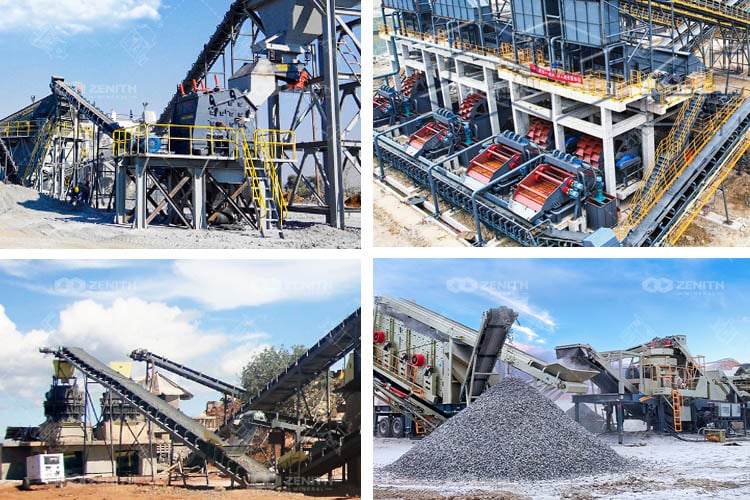
The total start a quarry business costs will vary depending on factors like the size, site conditions, equipment needs and environmental requirements.
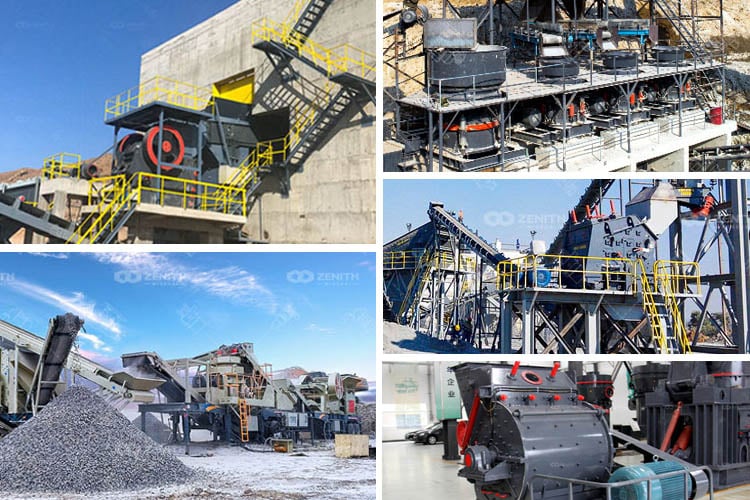
Stone crushers can be classified into several categories based on their design and application: jaw crusher, cone crusher, impact crusher, hammer crusher and mobile crusher.
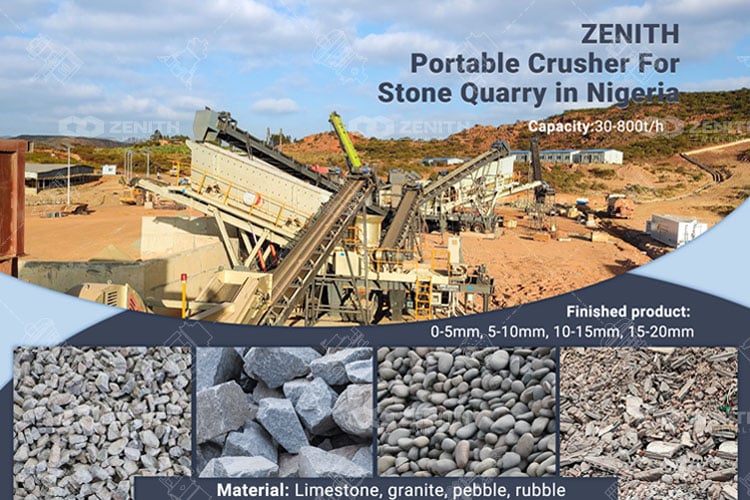
In response to the unique challenges faced by Nigeria's quarry industry, portable crusher plant has emerged as a game-changing solution that offers a range of benefits to quarry operators.
Fill your requirements here, and we'll send the custmized solution and quotation to you by the reserved contact information.